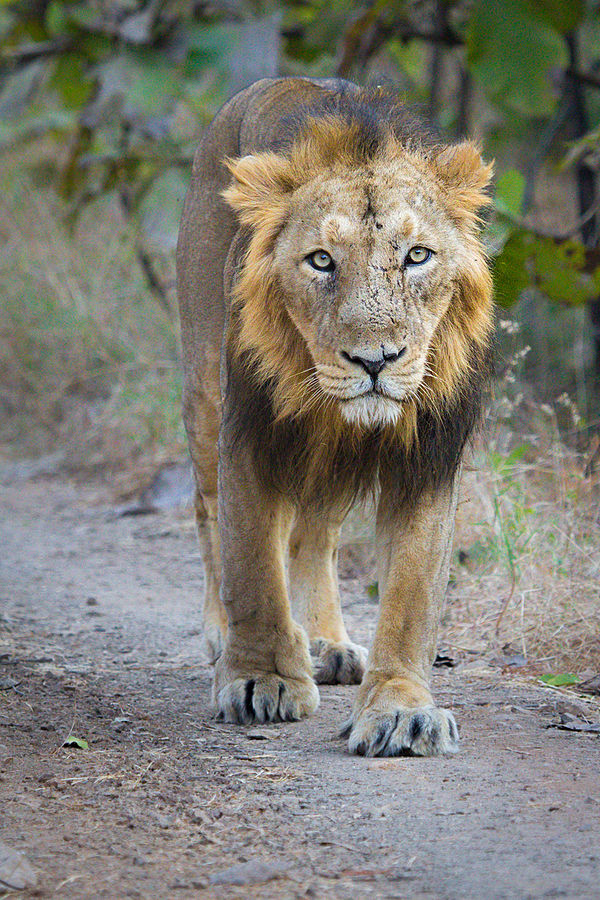Facts About Asiatic lion
The Asiatic lion, scientifically known as *Panthera leo leo*, represents a distinct population of lions found primarily in the Gir National Park and its surrounding regions in the state of Gujarat, India. Historically, these magnificent creatures roamed throughout Western Asia and the Middle East, extending into northern India. However, they are currently listed as Endangered on the IUCN Red List due to their limited population size and restricted habitat.
The first scientific description of the Asiatic lion was published in 1826 by the Austrian zoologist Johann N. Meyer, who initially named it *Felis leo persicus*. Over time, various names from different regions were proposed for the Asiatic lion, but genetic studies have since consolidated them under *Panthera leo leo* because of their close genetic relationship with Barbary lions.
Fossil records and genetic research suggest that modern lions likely originated in Africa before spreading across both Africa and Asia. The population of Asiatic lions in the Gir Forest has been steadily increasing in recent years, with census data showing a positive trend in their numbers.
Asiatic lions possess several distinct characteristics: their fur ranges from ruddy-tawny to sandy-grey, males exhibit moderate mane growth, and they possess unique morphological features when compared to African lions. Historically, hunting and habitat loss severely diminished their numbers, confining them to the Gir Forest.
In terms of behavior, male Asiatic lions can either be solitary or form coalitions, while females live in prides to raise cubs and share large prey. Their diet primarily consists of large prey species, with a notable shift towards wild ungulates due to habitat recovery efforts. Mating typically occurs between October and November, with females usually giving birth to litters of one to four cubs.
Despite ongoing conservation efforts, Asiatic lions continue to face significant threats, including habitat loss, poaching, and human-wildlife conflicts as their population expands beyond protected areas. Conservation strategies include reintroduction projects in India and Iran, captive breeding programs, and genetic studies aimed at preserving the species' genetic diversity.

 Israel
Israel